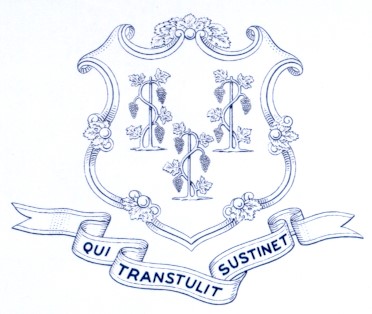Environmental Protection Supervising Fisheries Biologist
Recruitment #210716-0214EE-001
| Location |
Old Lyme, CT
|
|---|---|
| Date Opened | 7/28/2021 4:30:00 PM |
| Salary | $76,421 - $109,565 Annually |
| Job Type | Open to the Public |
| Close Date | 8/11/2021 11:59:00 PM |
Introduction
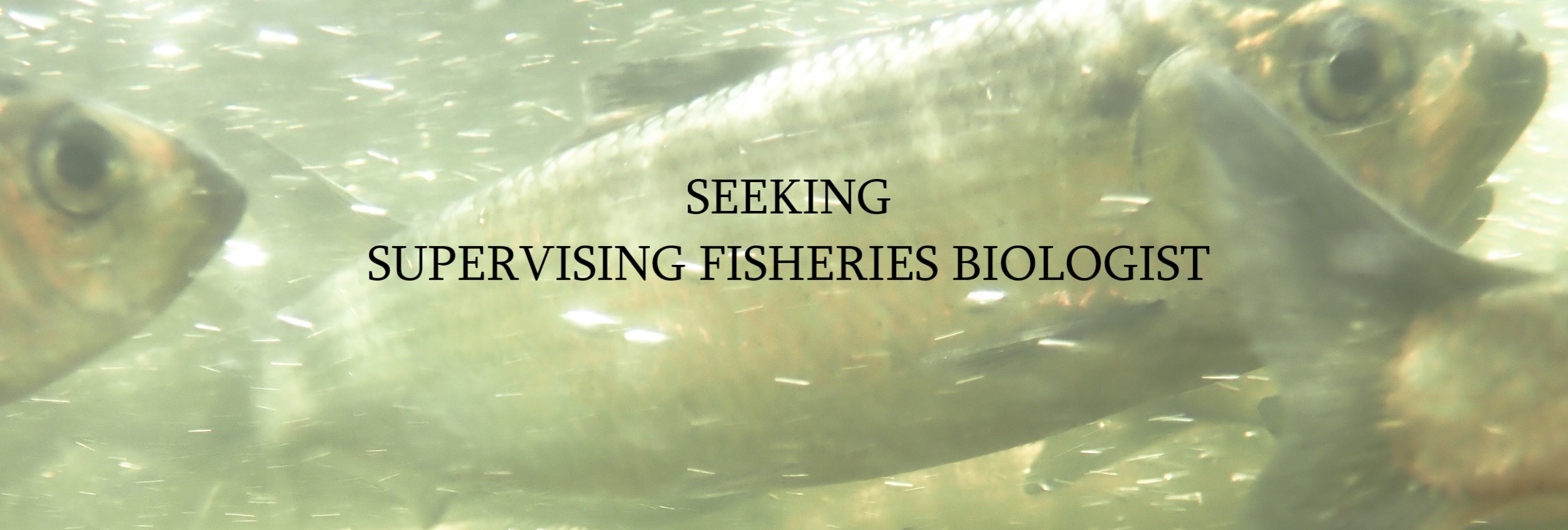
The State of Connecticut is seeking an individual with expertise in diadromous fisheries management, research and restoration as well as in aquatic, riverine, and marine habitat conservation and enhancement to supervise two complementary programs (Diadromous Fisheries Restoration, and Habitat Conservation and Enhancement) in the Fisheries Division. The Diadromous Fisheries Restoration program is engaged in several statewide initiatives to conserve and restore populations of anadromous and catadromous fishes, including American shad, Alewife, Blueback Herring, Sea Lamprey, and American Eel, while the Habitat Conservation and Enhancement (HCE) Program focuses on fisheries habitat conservation in inland, estuarine and marine waters statewide, primarily through the review of permits issued by other Department of Environmental Protection (DEEP) units that have the potential to affect fish habitat, fish migrations, or public use of fishery resources (e.g., construction related short term impacts to recreational fishing).
The person selected for this position will be supervising five professional staff (Fisheries Biologists) and numerous seasonal resource assistants within both programs, and may also serve as the fisheries technical lead in addressing some of the more complex fish management or habitat management issues on behalf of one or both programs, including participation in hydropower relicensing proceedings (under the authority of the Federal Energy Regulatory Commission) and DEEP policy development.
This position is 35 hours per week, typically first shift, but hours may vary according to out of office or out of state meeting needs, or due to weather related emergency conditions.
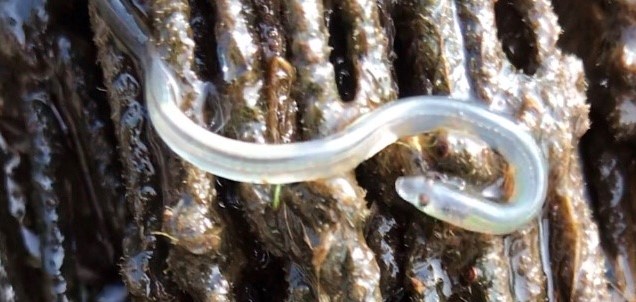
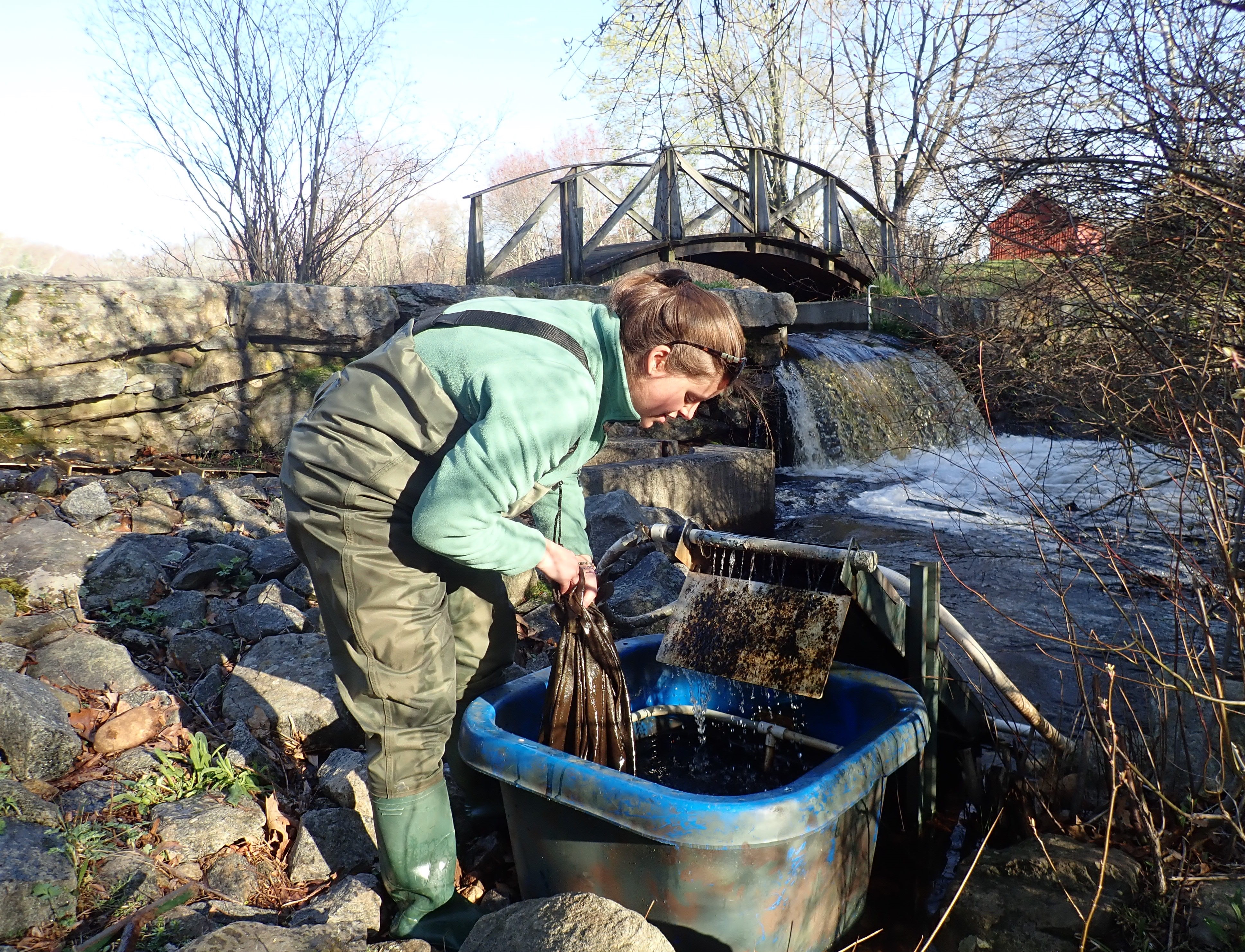
The following are short synopses of the Diadromous Fish Restoration and HCE Programs.
The Diadromous Fisheries Restoration program is actively working to restore populations of American Shad and river herring in watersheds across Connecticut. This work involves assessing streams to evaluate the magnitude of shad and river herring runs, as well as habitat quality and quantity. The program also engages in shad and herring run rebuilding efforts, such as transplantation of pre-spawn adult fish from healthy donor populations into systems with suitable habitat but low-level or extirpated runs, and pursuit of fish passage and dam removal opportunities. Diadromous program staff also participate in various technical committees and working groups concerning river herring, and cooperate with researchers who are studying river herring population dynamics (e.g., Northeast River Herring Working Group, Technical Expert Working Group (TEWG) for River Herring, and American Shad and River Herring Technical Committee of the Atlantic States Marine Fisheries Commission). The Diadromous program is also actively working to increase abundance of other diadromous species such as sea lamprey and American eel, and it has lead management responsibility for maintaining the Atlantic Salmon Legacy Program in selected Connecticut waters. The Diadromous program operates and maintains several state owned fish passage facilities and also provides technical assistance to dozens of NGO and municipal partners who own and operate fish passage facilities across the state. The Diadromous Program also plays a key role in hydropower relicensing proceedings, including influencing FERC license conditions and the State of Connecticut’s 401 Water Quality Certification to ensure safe, timely, and effective upstream and downstream fish passage for targeted species (typically American shad, river herring and America eel). Finally, program staff review all DEEP permits for dam reconstruction/modification to determine if provisions for fish passage are required.
The HCE Program advises state and federal regulators on the need for protective measures for fish populations and habitats for projects requiring state or Federal permits. Projects include the replacement of bridges and culverts, the diversion of surface water and groundwater, dredging, filling or modification of waterways, streambank and riparian alteration, discharge of effluent into waterways, utility crossings of streams and other water bodies, winter drawdowns of lakes, and use of aquatic herbicides and algaecides. HCE program staff, sometimes in conjunction with Diadromous Program staff, also review hydropower license applications issued by the FERC to ensure sufficient flow regimes and avoid or minimize risk to fish associated with impingement and entrainment. Regulatory programs that administer permits send HCE staff permit applications and plans for review and comment. When negative impacts are unavoidable, staff work with permit analysts to propose either on-site or off-site mitigation measures. HCE staff also review timber management plans, watershed plans, streamflow management regulations and other management plans proposed by other divisions of the Department that can affect fish and fish habitat. Staff provide technical assistance to municipalities, non-governmental organizations, and private property owners on the protection and management of fish habitat. Staff also work with partners on habitat restoration projects such as fish structures in streams and lakes, restoring and stabilizing eroded streambanks, and removing dams and restoring natural stream channels. The HCE program also administers a statewide triploid (i.e. sterile) grass carp permitting program wherein these fish are allowed for use on a restrictive case by case basis as a means to control nuisance aquatic vegetation.
The person selected for this position will represent the Fisheries Division, Bureau of Natural Resources, and DEEP as DEEP’s lead expert in matters involving migratory fish and fish habitat, including at meetings with the Connecticut Department of Transportation, other state agencies, various NGO groups, the Connecticut River Atlantic Salmon Commission, and related professional organizations. The selected person will be assigned to the Marine Headquarters in Old Lyme, which is the primary duty station for Diadromous Program staff and an HCE biologist who splits time with the Diadromous Program. The person selected for this position will also supervise HCE biologists assigned to the Eastern District field office in Marlborough and the Western District field office in Harwinton.
Selection Plan
The immediate vacancy is listed above, however, applications to this recruitment may be used for future vacancies in this job class.
This posting may require completion of additional referral questions (RQs) which will be sent to you via email after the closing date. The email notification will include an expiration date by which you must submit (Finish) your responses. Please regularly check your email for notifications. Please check your SPAM and/or Junk folders, as emails could end up there in error.
Please ensure that your application is complete. You will be unable to make revisions once it is submitted. Questions can be sent to Emily.Kennedy@ct.gov.
PURPOSE OF JOB CLASS (NATURE OF WORK)
EXAMPLES OF DUTIES
Examples of duties include but not limited to:
Provide direct supervision and guidance to five full time professional staff and several seasonal staff in the Diadromous Fish and HCE Programs. Serve as the Project leader for various Diadromous Fish Restoration and HCE program jobs. Fulfill all typical administrative functions of a supervisor such as overseeing work scheduling and ensuring staff are up to date with required trainings. Serve as the primary author of numerous Federal Aid compliance publications and other technical reports and serve as editor when such reports are penned by subordinates. Ensure scientific rigor and oversight of all research and monitoring initiatives undertaken by Diadromous and HCE program staff. Represent the Fisheries Division, Bureau of Natural Resources, and DEEP as the lead expert in matters involving migratory fish and fish habitat. Lead planning initiatives to support timely and scientifically valid revisions to the various place-based diadromous fish restoration plans for Connecticut waters. Attend and represent the Department at meetings of various state and regional committees and commissions that have diadromous fisheries management responsibilities. Give presentations to professional organizations and the general public. Serve as the lead media contact (TV, radio, print and social media) concerning diadromous fisheries resources.
KNOWLEDGE, SKILL AND ABILITY
MINIMUM QUALIFICATIONS - GENERAL EXPERIENCE
Fisheries management is defined as work requiring a knowledge of scientific fields such as biology, ichthyology, fisheries science, fish population dynamics, aquatic ecology, limnology, fish taxonomy, fishery statistics, aquatic entomology, aquatic phycology and oceanography.
MINIMUM QUALIFICATIONS - SUBSTITUTIONS ALLOWED
2. A Master's degree in fisheries management as defined may be substituted for one (1) additional year of the General Experience.
PREFERRED QUALIFICATIONS
- A Masters degree in Fisheries Biology
- Supervisory experience
- Experience with public speaking and in handling media inquiries
- Experience with telemetry techniques used to measure fish migration and movement
- Experience with statistical software packages and statistical techniques used to analyze and graphically depict fish migration and movement
- Experience working in the field with diadromous fishes including but not limited to American shad, river herring, and American eel
- Experience with fish habitat, habitat protection, habitat restoration in fresh waters; and with instream flow studies, methodologies and management
- Experience using common statistical software packages (e.g. R, SAS) to analyze fisheries data
- Experience with infrastructure and operational measures or techniques necessary to provide for safe, timely, and effective upstream and downstream fish passage at hydropower facilities
- Experience interpreting engineering plans or drawings
- Experience working within the policy and/or technical arenas of interstate marine fisheries management (e.g. Atlantic States Marine Fisheries Commission, Federal Fishery Management Councils)
- Experience building partnerships with diverse stakeholders to accomplish fisheries management or restoration goals
SPECIAL REQUIREMENTS
2. Incumbents in this class may be required to possess and retain a valid Motor Vehicle Operator’s license.
3. Incumbents must be willing and able to accept assignment or transfer to any area in the state.
4. Incumbents may be required to live on a vessel for extended periods of time.
PHYSICAL REQUIREMENTS
2. Incumbents must be able to swim.
3. Appropriate examinations will be required.
WORKING CONDITIONS
Conclusion
AN AFFIRMATIVE ACTION/EQUAL OPPORTUNITY EMPLOYER
The State of Connecticut is an equal opportunity/affirmative action employer and strongly encourages the applications of women, minorities, and persons with disabilities.
